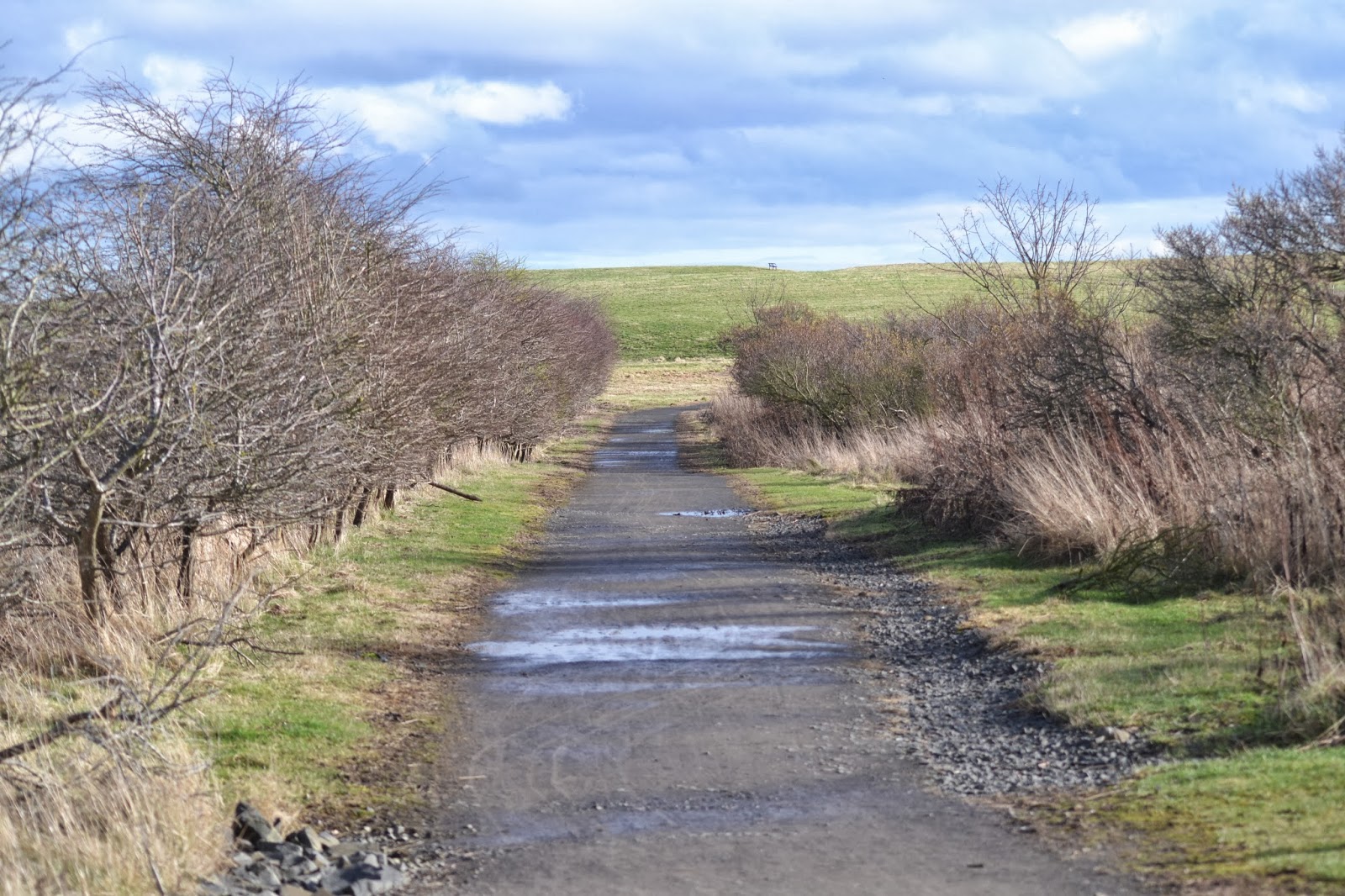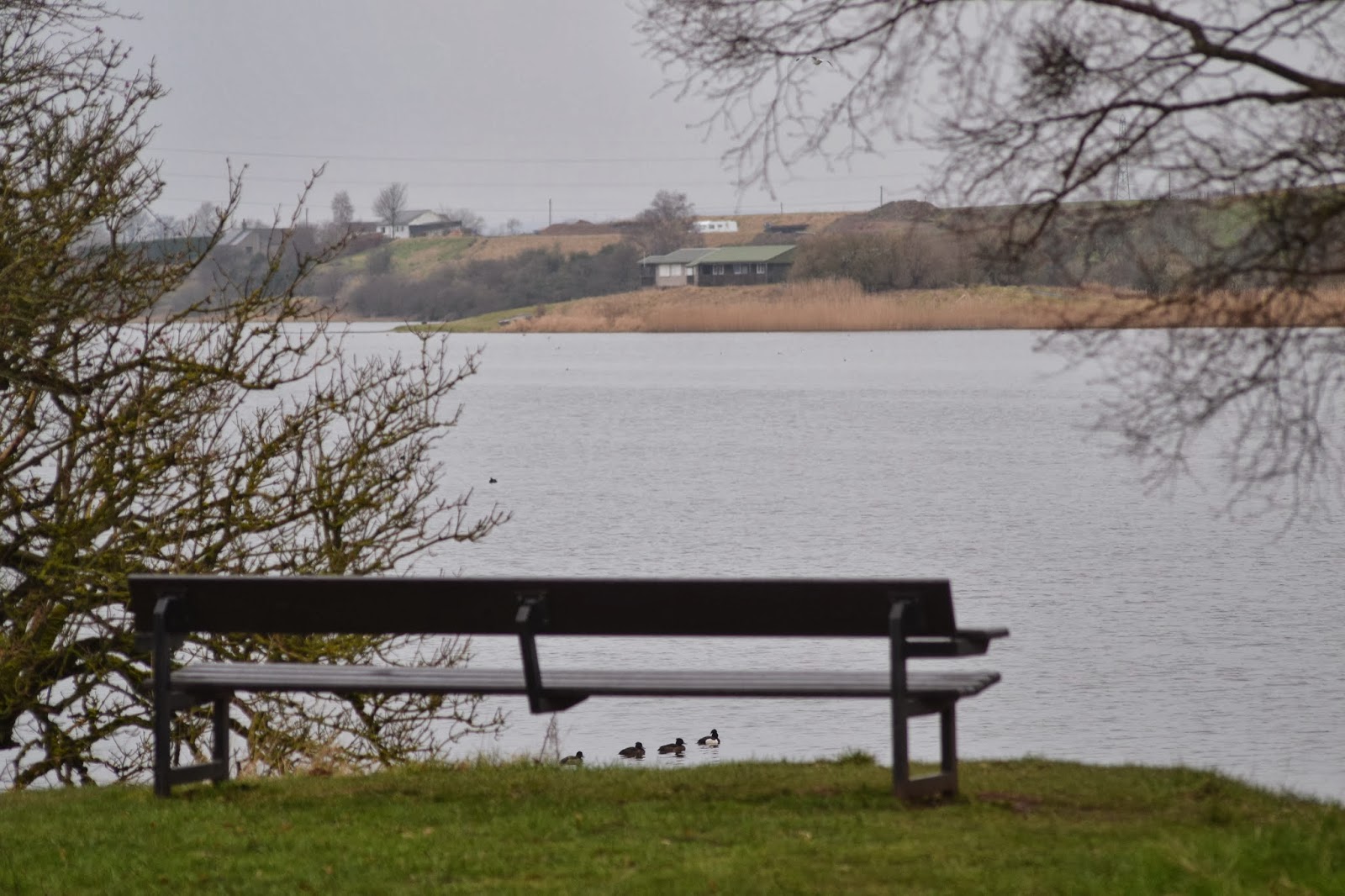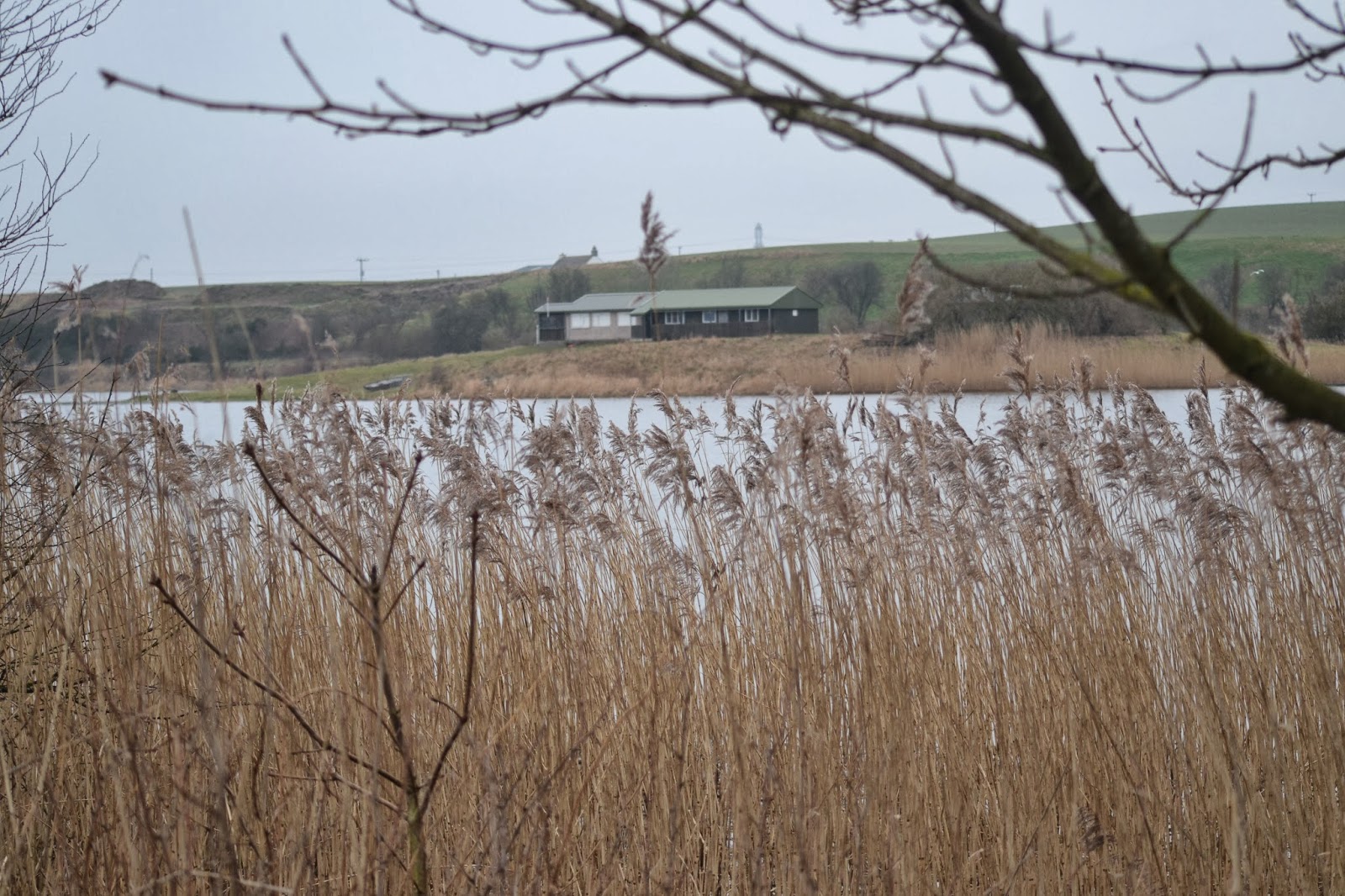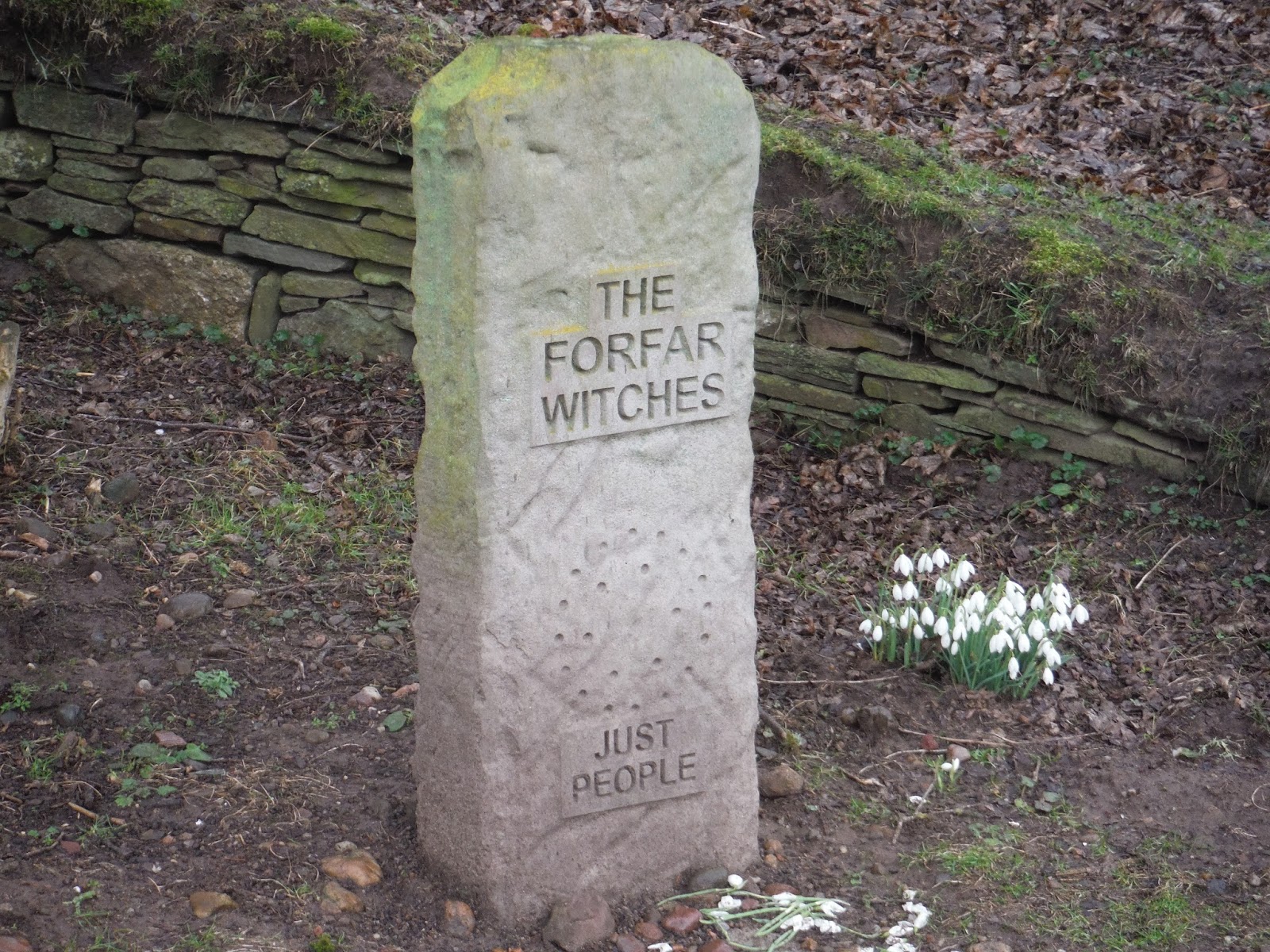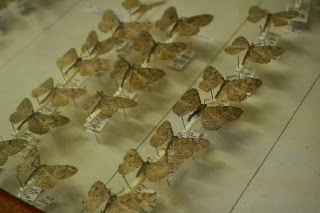Today the Monday walkers had intended to go up to Invergowrie for a walk, however the bus we were on broke down so we had a last minute change of plan and instead decided to walk through Ninewell's new Arboretum (where our bus broke down) and along through Riverside Nature Park to the Dundee Botanic Gardens for a coffee.
Before getting in to the arboretum itself we passed the newly constructed Ninewells Community Garden where our Greenbuds group go gardening on Fridays.
They had clearly been very busy!


The snowdrops were out in the arboretum and their was of course a variety of interesting trees.
We saw the Maggies centre which is a very funky building.
We then walked along to the Riverside Nature Park.
Riverside Nature Park has been created from Dundee's old landfill site and opened in 2011. Trees and wildflowers have been planted to form new wildlife habitats.
Just before leaving the Nature Park we made friends with one of the locals.
We then headed to the Botanic Gardens cafe for refreshment. A great day was had by all.










